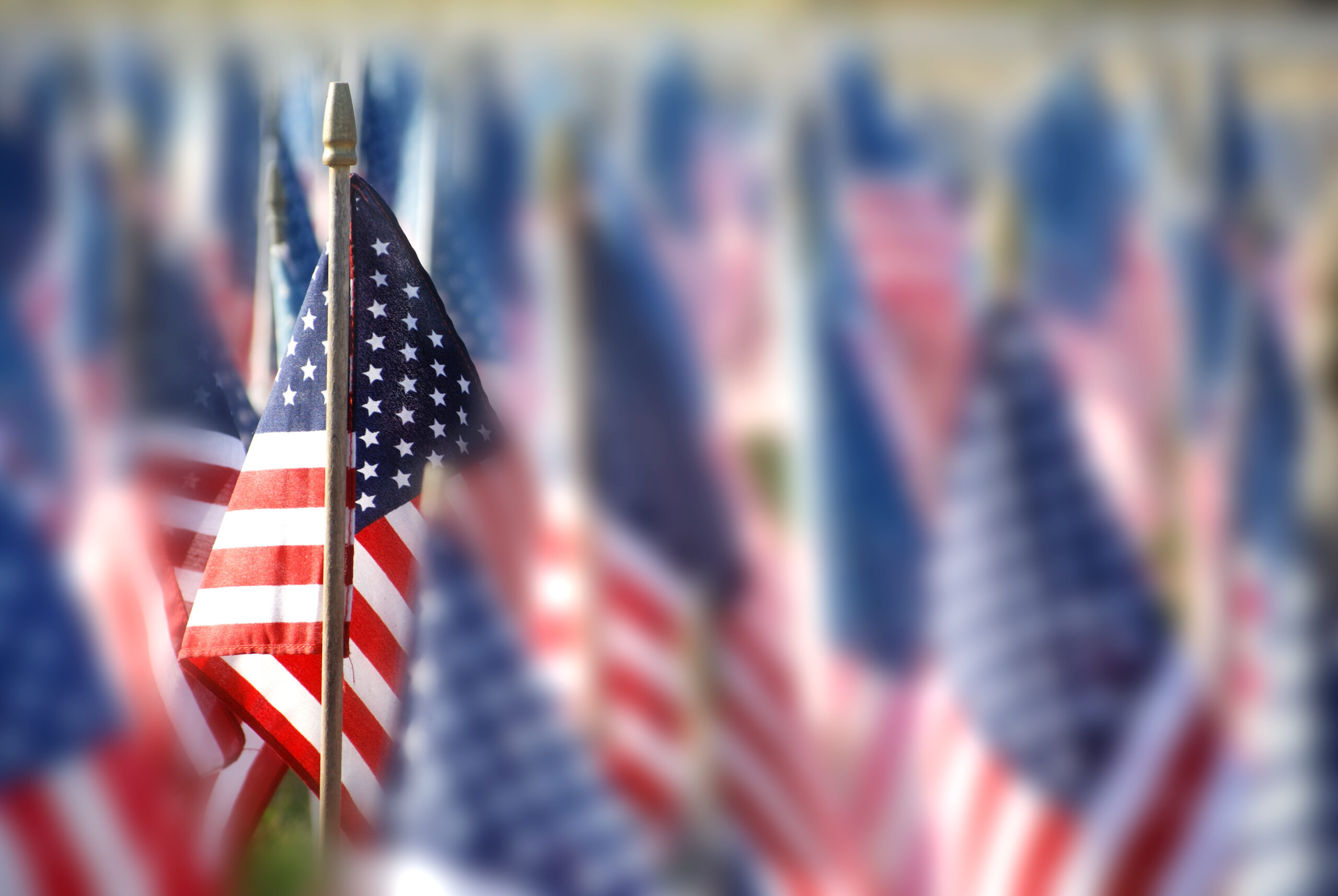There’s a short film clip taken at Juno Beach in the Normandy region of France on D-Day June 6, 1944, showing Canadian soldiers disembarking from a landing craft. You see them closely packed, some peeking furtively over the boat’s edge at the village looming ahead, the landing craft undulating in rough Atlantic swells as it approaches its destination.
The doors open, and men file out into the water, their helmets festooned with camouflage foliage, carrying rifles, ladders, what look like Bangalore torpedoes for blowing wire, and other impedimenta. They’re men of the North Shore Regiment from places like Bathurst, Campbellton, maybe even a few from Edmundston right across the river from me.
In the American version of World War II, hardly anybody else but American GIs took part in defeating the Nazis. This is not to detract from the USA’s participation in the conflict, but the effort involved some heavy lifting from other allied forces and the American version often leaves those forces entirely out of the picture. That’s why I sometimes play that particular piece of footage to remind me that local men, Canadians, played a significant role in the war.
I’m taken back 30 years ago to that afternoon in the Canadian Legion hall in Edmundston, invited there by World War II veterans thanking me for writing a piece on Remembrance Day, November 11. Call it Remembrance Day Part 1. So I’m seated amidst a small cluster of older men, most if not all of them gone by now, who bought me a glass of beer for what little I did to help recall what they did. As I’ve said before, I was honored to be in their presence.
I’ve always been a history geek, taking in the movies making the USA star player in defeating the Nazis. “The Big Red One,” “Patton,” “The Longest Day” and all the John Wayne movies figured prominently in the repertoire of how the Yanks won the war. Except it’s a rather slanted view, one that sometimes sacrifices accuracy for emphasis, often at the expense of those other participants who tramped across Europe and saw their share of combat. It’s like a friend of mine whose father was a combat veteran of the Second World War. Let’s call him Big Mike. Anyway, I never met Big Mike until a visit to Perham where he was accompanying his son on a business trip. We got introduced and he tells me, “I hear you’re a history guy. Who won World War II?”
I was a little edgy about an answer, but qualified it this way, “The Russians put in and lost the most men and did the lion’s share of the fighting. The Soviet Union.”
“Right!” exclaims Big Mike. “You know your history.” We became friends after that.
No, this is not to glorify or denigrate one side or the other, but we often look at history from the point of view of what we’re told and not what we sometimes have to learn.
Canada put in an outsized share of effort into winning the war, and the invasion of Normandy was no exception. Their share of the combat was relative in size, but one hundred percent is one hundred percent and that’s what Canada gave. Their logistic support to the effort was enormous.
I’m not a tuft hunter. That’s what I call someone who collects memorabilia, souvenirs; the reflected glory of other men who did the actual work. If I collect anything, it’s the impressions that some people leave with you, the memory of a day or an event.
Like the Canadian veteran at that table who noticed I had glanced at his hand, missing its thumb and forefinger. He probably was one of those North Shore men at D-Day.
“Oh, you noticed my hand.” he says quietly, raising it for me to see. “I got this in Holland.”
His voice turns shaky and he clearly starts to tear up. I wasn’t asking him about it, nor was it my place to.
“My sergeant says go look around that building and see if it’s okay. So I go over to look around. This German grenade comes across my line of sight, tumbling end over end. It was the slowest thing in the world.”
He pauses. There are tears in his eyes.
“I woke up later in hospital, the hand bandaged and me full of holes. Don’t remember it going off.”
Anyway, I can only guess what the conversation was like 30 plus years afterward, but the impression stays with me.
One hundred percent, that’s the part that counts.
Dave Wylie’s life and work experience runs the gamut from newspaper editor to carpenter to grant writer to boat builder with lots of other work wedged in between. Wylie currently is president of a management company that oversees an elderly housing complex and president of the local historical society. He resides in Madawaska.





